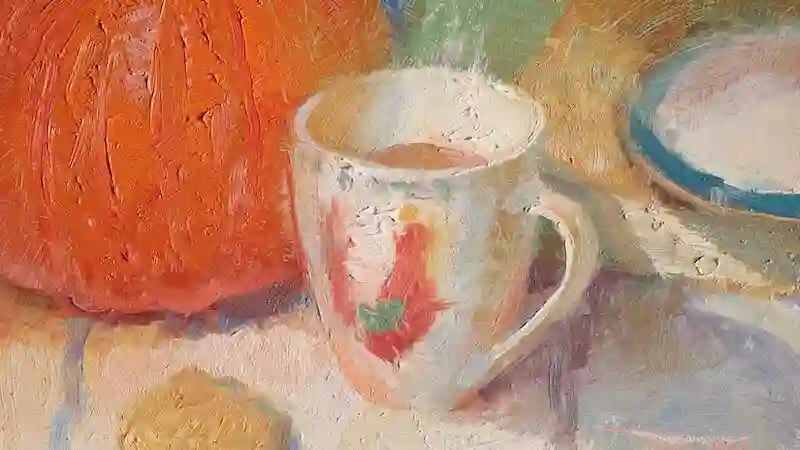
Impressionism Reimagined: Putting a Modern Spin on a Classic Style
Impressionism, a revolutionary art movement that emerged in the late 19th century, has left an indelible mark on the world of art. Known for its emphasis on capturing the fleeting moments of everyday life and the effects of light, Impressionism has continued to inspire artists for generations. In this article, we’ll explore the enduring appeal of Impressionism and how contemporary artists are reimagining and infusing this classic style with modern sensibilities.
The Legacy of Impressionism
Impressionism was a radical departure from the academic art of its time. Rather than adhering to meticulous detail and historical or mythological subjects, Impressionist painters sought to capture the essence of the present moment. Key characteristics of Impressionism include:
- Capturing Light and Color: Impressionist artists focused on the ever-changing play of light and color in their scenes. They used broken brushwork and a vibrant palette to create a sense of immediacy.
- Everyday Life: Common scenes of everyday life became a central subject in Impressionist works. Artists painted landscapes, cityscapes, leisure activities, and people going about their daily routines.
- Outdoor Painting: Impressionists often painted en plein air, or outdoors, to capture the effects of natural light and atmosphere. This practice led to a more spontaneous and fresh approach to their work.
- Emphasis on Atmosphere: Impressionist paintings evoke mood and atmosphere rather than providing a detailed narrative. They invite viewers to experience the scene on an emotional level.
The Modern Resurgence of Impressionism
While the original Impressionist movement faded in the early 20th century, its influence never waned. In recent decades, contemporary artists have embraced Impressionism, reimagining and updating it for the 21st century. Here’s how they’re putting a modern spin on this classic style:
- Technology and Tools: Contemporary artists have access to advanced tools and technology that Impressionist painters could only dream of. Digital art, high-quality pigments, and sophisticated brushes allow for precise control and experimentation with color and light.
- New Subjects: Modern Impressionists have expanded the range of subjects. They capture not only traditional landscapes and scenes but also urban settings, technological advancements, and the evolving human experience.
- Urban Impressionism: Urban Impressionism is a subgenre that focuses on cityscapes and the effects of artificial light. Artists depict bustling streets, neon signs, and the vibrant energy of urban life.
- Abstract Impressionism: Some contemporary artists take Impressionism in a more abstract direction. They use loose brushwork and expressive color to create dreamlike or atmospheric abstractions.
- Impressionism in Different Mediums: Impressionism has transcended traditional canvas and oil paint. Artists explore this style in photography, digital art, and even sculpture, experimenting with new materials and techniques.
Techniques for Contemporary Impressionism
If you’re interested in reimagining Impressionism in your own artwork, here are some techniques to consider:
- Brushwork: Experiment with brushwork to capture the essence of a scene. Use a variety of brush sizes and strokes to convey different textures and moods.
- Color Palette: Embrace a vibrant and varied color palette. Pay attention to how colors interact in different lighting conditions to create depth and atmosphere.
- Atmosphere: Focus on creating a sense of atmosphere and mood in your work. Allow viewers to feel the ambiance of the scene rather than providing every detail.
- Experiment: Don’t be afraid to experiment with different materials and techniques. Try painting en plein air to connect with the spirit of the original Impressionists.
- Capture Everyday Life: Explore contemporary subjects and scenes from your own life. Highlight the beauty in the ordinary and mundane.
Balancing Tradition and Innovation
Balancing tradition and innovation is key to reimagining Impressionism in the modern age. While contemporary artists draw inspiration from the Impressionist masters, they also infuse their work with their own unique perspectives and interpretations.
Remember that Impressionism is not about creating a replica of reality; it’s about conveying the essence of a moment and inviting viewers to experience it on a visceral level. Whether you’re drawn to the traditional style of Impressionism or eager to explore new directions, this timeless art movement offers endless possibilities for creative expression.
Conclusion
Impressionism remains a powerful and enduring artistic style that continues to captivate and inspire contemporary artists. By embracing the essence of Impressionism while adding a modern twist, artists are breathing new life into this classic movement. Whether you’re drawn to the soft, atmospheric landscapes of Monet or the dynamic, urban scenes of modern Impressionists, there’s a world of inspiration to explore within the realm of Impressionism reimagined. As an artist, you have the opportunity to blend the past and present, creating works that resonate with both tradition and innovation, all while capturing the beauty of life’s fleeting moments.


